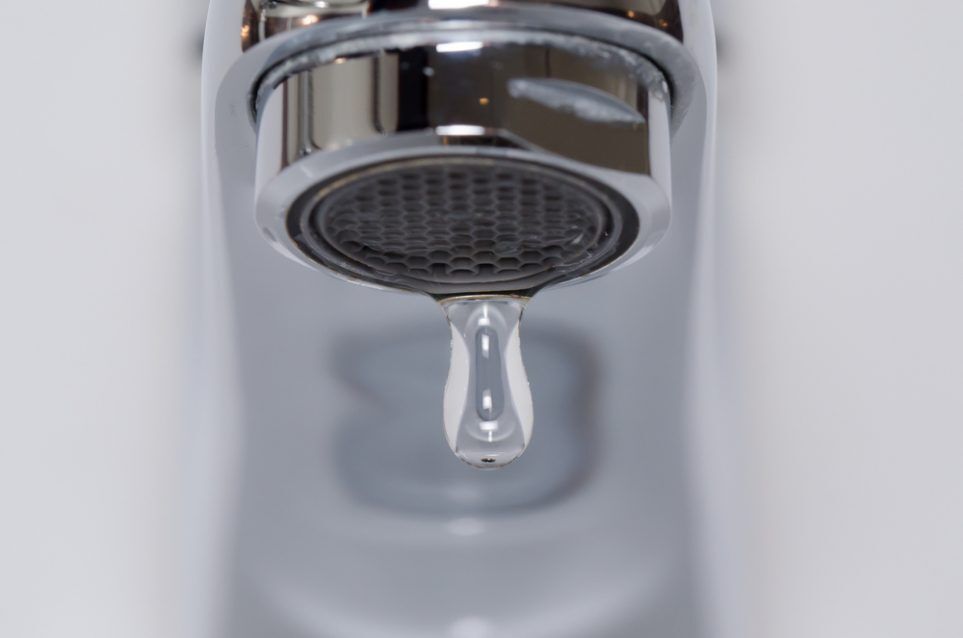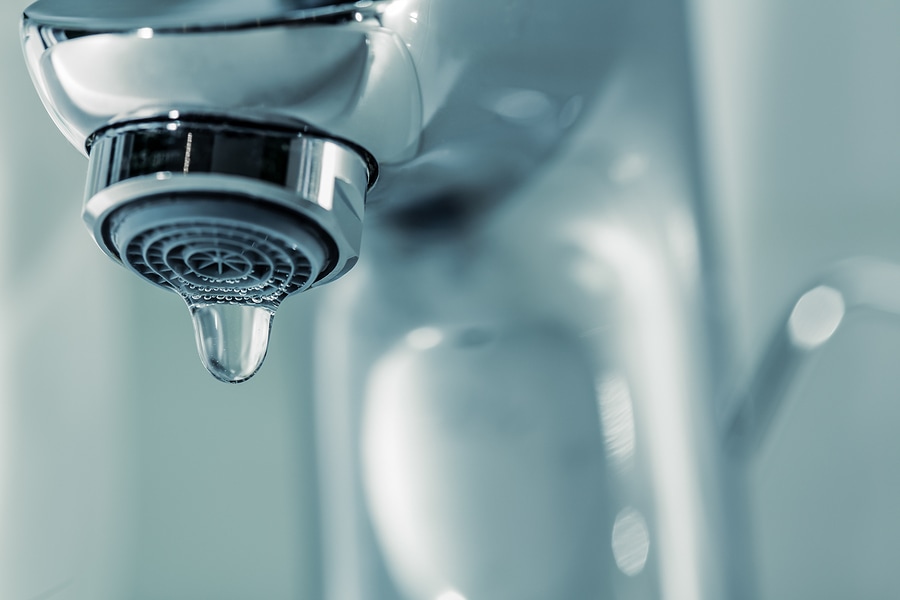Just how do you actually feel in relation to Why It's Important to Fix Leaky Faucets?

Leaking faucets may appear like a minor hassle, but their influence exceeds just the annoyance of the audio. From drainage to incurring unneeded monetary expenses and health and wellness risks, overlooking a dripping tap can cause numerous effects. In this write-up, we'll look into why it's important to address this common family issue without delay and efficiently.
Waste of Water
Environmental Effect
Leaking taps contribute dramatically to water wastage. According to the Epa (EPA), a solitary faucet dripping at one drip per second can throw away greater than 3,000 gallons of water per year. This not only strains water resources but also affects ecological communities and wild animals depending on them.
Step-by-Step Overview to Dealing With a Dripping Tap
Devices Needed
Prior to attempting to repair a dripping faucet, gather the required tools, consisting of a flexible wrench, screwdrivers, replacement parts (such as washing machines or cartridges), and plumber's tape.
Usual Tap Issues and Their Solutions
Identify the type of tap and the particular issue creating the drip. Typical issues include damaged washers, rusty valve seats, or damaged O-rings. Refer to manufacturer directions or online tutorials for detailed guidance on repair services.
Financial Costs
Boosted Water Bills
Past the environmental effect, trickling faucets can pump up water expenses substantially. The built up wastefulness with time translates into greater energy expenditures, which could have been prevented with prompt fixings.
Potential Property Damages
Moreover, prolonged dripping can lead to damage to fixtures and surface areas bordering the tap. Water build-up can create discoloration, rust, and even structural issues if left neglected, causing extra repair work costs.
Health Issues
Mold and Mold Growth
The continuous visibility of moisture from a trickling faucet develops a perfect atmosphere for mold and mold growth. These fungi not only endanger indoor air quality however also posture health and wellness threats, especially for people with breathing problems or allergies.
Waterborne Illness
Stationary water in leaking taps can become a breeding ground for microorganisms and other microorganisms, boosting the threat of waterborne diseases. Contaminants such as Legionella germs flourish in stationary water, possibly bring about significant illnesses when consumed or inhaled.
DIY vs. Expert Repair work
Benefits and drawbacks of Do It Yourself Repair Service
While some may attempt to fix a dripping tap themselves, do it yourself repair services come with their own set of obstacles. Without appropriate understanding and tools, do it yourself attempts can exacerbate the concern or result in insufficient repair services, prolonging the trouble.
Benefits of Working With an Expert Plumber
Working with a specialist plumber guarantees that the underlying source of the leaking tap is dealt with successfully. Plumbings have the proficiency and devices to detect and fix tap concerns successfully, saving time and minimizing the risk of further damage.
Ecological Duty
Specific Payment to Preservation
Taking obligation for taking care of leaking faucets straightens with more comprehensive initiatives toward water preservation and environmental sustainability. Every individual's activities collectively make a considerable effect on protecting valuable sources.
Lasting Living Practices
By focusing on timely repair work and embracing water-saving routines, people contribute to sustainable living practices that profit both existing and future generations.
Safety nets
Routine Upkeep Tips
To stop dripping faucets, carry out regular upkeep such as cleaning aerators, evaluating for leakages, and changing damaged components immediately. Furthermore, take into consideration setting up water-saving tools or updating to much more efficient components.
Relevance of Prompt Services
Attending to dripping taps as soon as they're noticed avoids more water waste and potential damages, ultimately conserving both water and cash over time.
Impact on Property Worth
Perception of Well-Maintained Residential Property
Maintaining a building in good condition, including attending to upkeep concerns like dripping faucets, improves its viewed worth and worth among prospective customers or renters.
Influence on Resale Value
Features with properly maintained plumbing components, consisting of taps, command greater resale values in the property market. Dealing with trickling taps can contribute to a positive perception during property assessments and negotiations.
Final thought
Dealing with a dripping faucet exceeds plain convenience; it's an essential action toward conserving water, minimizing economic costs, and securing wellness and building. Whether via DIY repair work or expert support, taking action to take care of dripping taps is a tiny yet impactful way to promote liable stewardship of resources and contribute to a healthier, much more sustainable future.
How to Fix a Leaky Faucet: Step-by-Step Repair Guide
A leaky faucet may seem like a simple annoyance, but if it's not fixed promptly, that leak could cost hundreds to potentially thousands. From water damage to mold, mildew, and high water bills, even a tiny leak can be catastrophic if left unattended. Damage like this can even affect the overall value of your home, so it's important to take the right approach for leaky faucet repair. You may need the help of a plumber in some cases, but we've got a few tips you can try on how to fix a leaky faucet before calling the pros.
Four Faucet Types
When you're learning how to fix a leaky faucet, the first step is knowing what kind of faucet you're working with! There are four common types.
Cartridge Faucets
Cartridge faucets come in one- or two-handled varieties. In one-handled cartridge faucets, hot and cold water combines in a single cartridge. In the two-handled versions, hot and cold water are controlled separately and mixed in the faucet.
Ball Faucets
Ball faucets have a single lever you push up and down to adjust the pressure and rotate to change the temperature. A slotted metal ball controls the amount of water allowed into the spout.
Compression Washer Faucets
They're the oldest type of faucet, but they're still used in many homes — especially older ones. Compression faucets have two separate handles that, when turned, raise or lower the washer that seals a water valve. This valve stops water from flowing through the faucet when it is turned off.
Disc Faucets
Disc faucets rarely need to be repaired due to their maintenance-free design. The water flow is controlled by two discs — the upper one raises and lowers against a fixed lower disc, creating a watertight seal. If your disc faucet starts leaking, you may need to replace the seals or clean residue buildup from the inlets.
Fixing a Leaky Faucet
Step 1: Turn Off the Water
Whether you're learning how to fix a leaky bathtub faucet or how to fix a leaky kitchen faucet, always turn off the water supply to your working area when you're fixing a leak. The last thing you want is a flood added to your list of things to fix.
Look for the shutoff valves below your sink or around the tub and turn them clockwise to stop the water flow. If your faucet doesn't have shutoff valves, you may need to turn off the water for the whole house. Check to make sure it's off by turning the faucet on. If nothing comes out, you're ready to start the repair.
Step 2: Take Apart the Faucet
How you disassemble your faucet depends on the type of fixture you have. You can use a flathead screwdriver to remove the caps on top of the handle or handles for cartridge and compression faucets. Inside, you should see handle screws. Unscrew these with a screwdriver to remove the handle.
Disc- and ball-style faucets will typically have an inlet screw near the handle, and removing that will reveal the interior of the faucet.
Detach the Valve Stem
For cartridge- and compression-style faucets, you'll see the inner valve stem or cartridge once you remove the faucet handles. If you have a compression faucet, unscrew the brass valve stem. If you have a cartridge faucet, pull out the cartridge. If your cartridge has been in place for a while, it may require some tools or extra force to remove it due to mineral deposits.
Examine and Replace Parts
Once you've removed the parts, check them out to confirm what needs to be replaced. You may see corroded rubber washers, O-rings, stems, or cartridges. On a ball-style faucet, check the seats and springs for damage.
If you need to repair a leaky disc faucet, check the inlet and seals on the lower disc.
Once you determine what parts must be replaced, visit your local hardware store. Bring the damaged parts with you to ensure you can purchase the correct components to replace them.
Clean Valves and Faucet Cavity
If you've removed a stem or cartridge, you may notice mineral buildup in the faucet's threads. Use white vinegar to clean the valve seat by soaking it for a few minutes, then scrub it away with a soft toothbrush and rinse with warm water. You can also clean the interior of the faucet in the same way.
Reassemble the Faucet
Once your faucet is cleaned and the required parts have been replaced, it's time to reassemble it. Put the pieces back together and slowly turn the water supply back on. Doing this slowly is crucial because too much initial water pressure can damage the new hardware you've just installed.
https://homewarranty.firstam.com/blog/how-to-fix-leaky-faucet

We hope you enjoyed our part about How to Fix a Dripping or Leaky Faucet . Thanks for taking time to read our blog. If you enjoyed reading our page please don't forget to pass it around. I recognize the value of your readership.